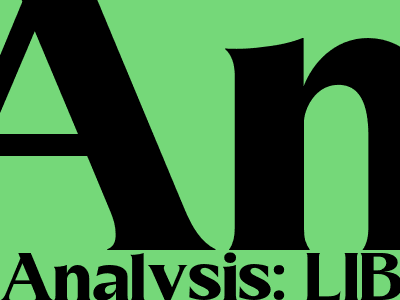
Analysis: LIBOR’s ‘tough legacy’ – English High Court judgment guides the way
Introduction
The English High Court has handed down a significant judgment in the long-running LIBOR litigation, providing guidance on the scope of potential liability for banks and other financial institutions in relation to the manipulation of LIBOR.
Background
LIBOR (London Interbank Offered Rate) is a widely used benchmark interest rate that is calculated based on the submissions of a panel of banks. In 2012, it was revealed that some banks had been manipulating their LIBOR submissions in order to benefit from financial transactions.
This led to a number of lawsuits being filed against banks by investors who had suffered losses as a result of the manipulation.
The High Court Judgment
In its judgment, the High Court held that banks can be held liable for the manipulation of LIBOR even if they did not directly engage in the manipulation themselves.
The court found that banks that participated in the LIBOR-setting process had a duty to take reasonable steps to ensure that their submissions were accurate and reliable.
The court also found that banks that knew or should have known that other banks were manipulating LIBOR could be held liable for failing to take steps to prevent the manipulation.
Implications of the Judgment
The High Court judgment is a significant development in the LIBOR litigation and has a number of implications for banks and other financial institutions.
First, the judgment makes it clear that banks can be held liable for the manipulation of LIBOR even if they did not directly engage in the manipulation themselves.
Second, the judgment imposes a duty on banks to take reasonable steps to ensure that their LIBOR submissions are accurate and reliable.
Third, the judgment provides guidance on the circumstances in which banks can be held liable for failing to prevent the manipulation of LIBOR by other banks.
Conclusion
The High Court judgment is a landmark decision in the LIBOR litigation and has significant implications for banks and other financial institutions.
The judgment provides guidance on the scope of potential liability for banks in relation to the manipulation of LIBOR and imposes a duty on banks to take reasonable steps to ensure that their LIBOR submissions are accurate and reliable.